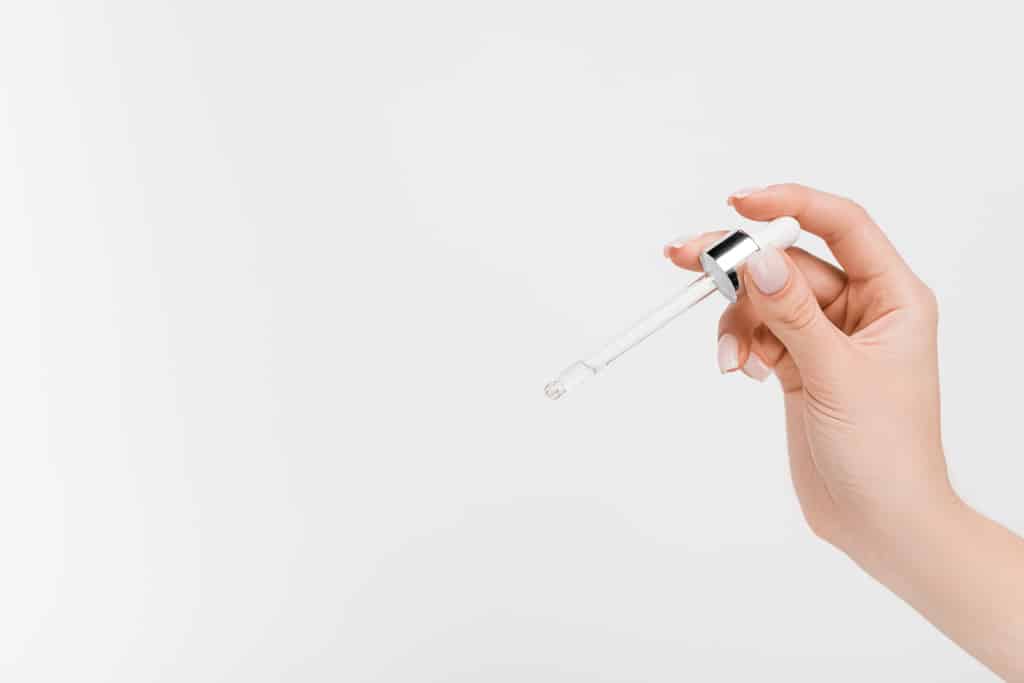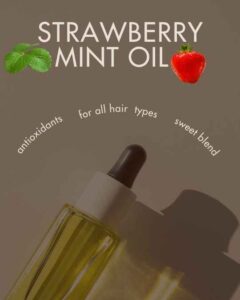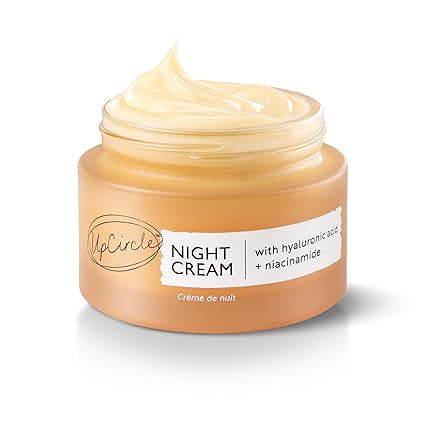Glycolic acid is a miracle ingredient in skin care, and it has been causing ripples due to its astonishing ability to restore and rejuvenate the skin. So how do you go about incorporating it into your regimen?
Table of Contents
ToggleUnderstanding Glycolic Acid: A Skin Care Powerhouse
Glycolic acid belongs to the family of alpha-hydroxy acids (AHAs), derived from sugar cane. It’s celebrated for its ability to exfoliate the skin, removing dead skin cells and revealing a brighter, smoother surface. But that’s not all – it also boosts collagen production, helping to reduce fine lines and wrinkles. Its small molecular size allows it to penetrate deeply, making it highly effective.
Starting with Glycolic Acid: The Basics
If you are new to glycolic acid, start with a low concentration like 5-10%. This helps your skin adjust without causing any irritation to it. Go for cleansers, toners and other products that could be easily integrated into your existing routine as such; they are the best products to use. And remember, less is more!
7 Ways to Use Glycolic Acid ,Head to feet’s.
Glycolic acid is a powerful alpha hydroxy acid (AHA) with a multitude of benefits for your skin and hair. Here are 7 ways to incorporate it into your routine:
1. Head:
- Use a glycolic acid shampoo or scalp scrub 2-3 times per week.
- The exfoliating action will help remove dead skin cells and reduce flaking.
- Additionally, the antibacterial properties of glycolic acid can combat dandruff-causing bacteria.
2. Face wash:
- A gentle glycolic acid face wash can help remove makeup, dirt, and dead skin cells.
- It’s a great option for oily or acne-prone skin.
- Choose a cleanser with a low concentration of glycolic acid to avoid irritation.
Glycolic acid face wash
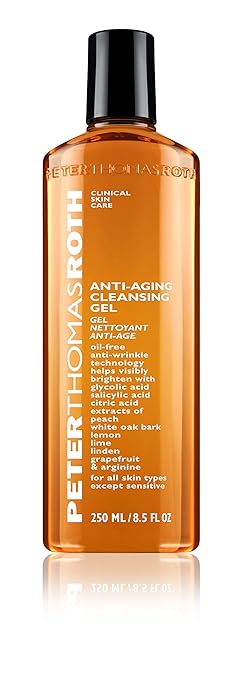
Mario Badescu Glycolic Foaming Cleanser
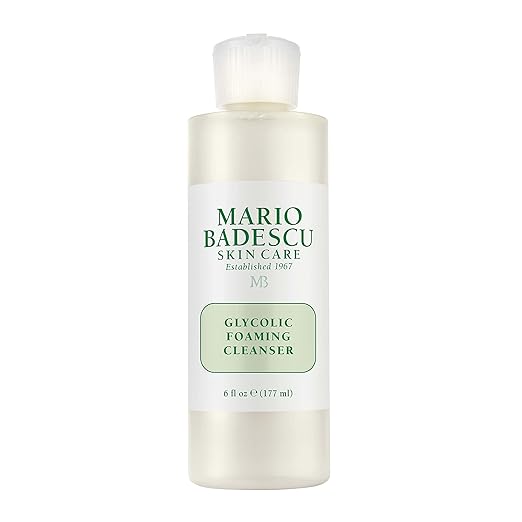
3. Toner:
- Apply glycolic acid toner to a cotton pad and sweep over cleansed face and neck.
- This will help remove dead skin cells, unclog pores, and brighten your complexion.
- Start with a lower concentration (5%) and gradually increase as tolerated.
Proactiv Hydrating Facial Toner
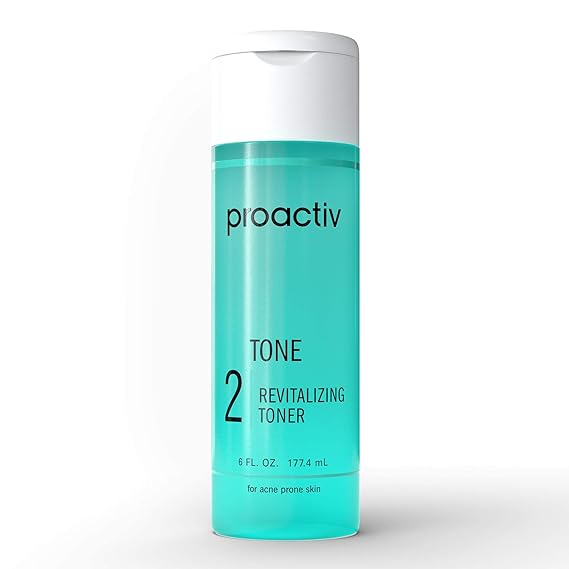
4. Serum:
- Incorporate a glycolic acid serum into your daily routine for long-term benefits.
- Apply a few drops to cleansed skin and follow up with moisturizer.
- Start with a lower concentration and gradually increase as tolerated
Minimalist 10% AHA Exfoliating Serum

5. Mask:
- Apply a glycolic acid mask 1-2 times per week to exfoliate and brighten your skin.
- Leave it on for the recommended time and rinse thoroughly.
- Moisturize afterwards to prevent dryness.
Andalou Naturals Brightening Mask, Pumpkin Honey Glycolic
6.Hand Cream:
- Look for hand creams containing glycolic acid to exfoliate and soften dry, rough hands.
- Apply it daily for best results.
- You can also use glycolic acid foot cream on your hands for extra exfoliation.
7. Soothe Cracked Heels:
- Apply a glycolic acid toner or serum to your feet at night, focusing on the heels.
- Follow up with a thick moisturizer and wear socks overnight for deeper penetration.
- Repeat every other night for best results.
Incorporating Glycolic Acid into Your Daily Routine
Morning or Night? Now that is a question worth asking! While you can apply glycolic acid either in the morning or at night, you may try applying once so as to see how your skin reacts if you are just starting out. If you opt for mornings, always follow up with a broad-spectrum SPF, as glycolic acid can make your skin more sensitive to the sun.
Combining Glycolic Acid with Other Skin Care Products:
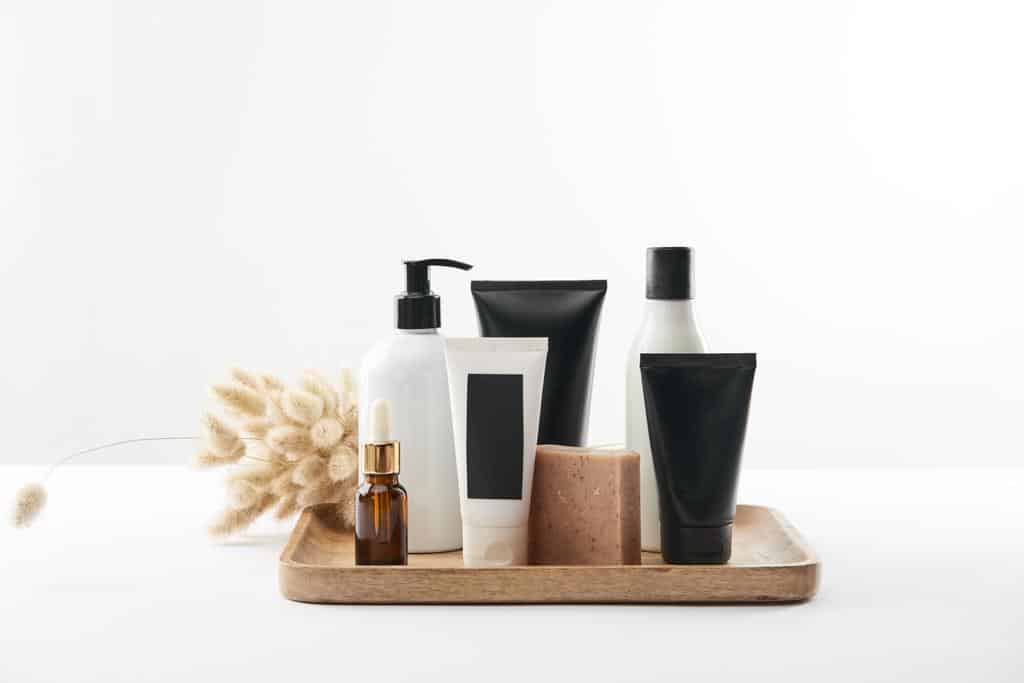
vista.com
When mixing glycolic acid with other products, proceed with caution. It pairs well with hydrating ingredients like hyaluronic acid but can clash with other exfoliants or retinol, leading to irritation. The key is balance and listening to your skin. Nowadays, there are many products in the market that combine glycolic acid with ingredients. It can replenish hydration, such as triglycerides urea, and glycerin.
Advanced Glycolic Acid Treatments: Peels and Serums
For a more intense treatment, consider glycolic acid peels or serums. These are higher in concentration and can provide more dramatic results. However, they should be used sparingly and, ideally, under the guidance of a skincare professional.
Is glycolic acid safe to use by all skin types?
Oily and acne-prone skin:
Glycolic acid’s exfoliating properties help unclog pores and reduce sebum production, which can be beneficial for oily and acne-prone skin. It can also help fade post-inflammatory hyperpigmentation (PIH) left behind by acne.
Dry and sensitive skin:
Despite being an exfoliant, glycolic acid can actually be hydrating at lower concentrations (around 5%). It helps attract and retain moisture, leaving skin feeling softer and smoother.
Skin with signs of aging:
Glycolic acid promotes collagen production and reduces the appearance of fine lines, wrinkles, and uneven skin tone. This makes it a popular choice for mature skin.
Skin with hyperpigmentation: Glycolic acid can help fade dark spots and uneven skin tone by exfoliating away the top layers of skin cells and promoting the growth of new, healthy skin cells.
Should be used with caution.
Eczema and rosacea:
Although some people with mild eczema or rosacea can tolerate glycolic acid, it’s important to be cautious and use very low concentrations (2-3%) and only occasionally. Consult a dermatologist if you want to use it.
Sensitive skin:
Even if you don’t have eczema or rosacea, your skin might be sensitive to glycolic acid. Begin with a low focus and bit by bit increment as endured. Fix test prior to applying it to your whole face.
The Dos and Don’ts of Glycolic Acid Use:
The Dos:
- Start Slow:
- Use Sunscreen Religiously:
- Hydrate Your Skin:
- Integrate Gradually:
- Patch Test:
The Don’ts:
- Avoid Conflicting Ingredients:
- Don’t Over-Exfoliate:
- Skip on Irritated Skin:.
- Avoid Immediate Sun Exposure:
- Don’t Rush Results:
Conclusion:
Glycolic acid can be a super food for your skin if you use it correctly .Its small molecular size allows it to penetrate deeply, making it highly effective. It also boosts collagen production, reduce fine lines and wrinkles. Respect its potency, listen to your skin.
FAQs
1: Can glycolic acid cause skin irritation?
Yes, especially if used in high concentrations or without proper sun protection. Always start with a lower concentration and see how your skin reacts.
2: How often should I use glycolic acid?
Start with 1-2 times a week, gradually increasing as your skin adjusts. Daily use is possible, but monitor your skin’s response.
3: Can I use glycolic acid with retinol?
It’s generally advised to use them at different times (glycolic in the morning, retinol at night) to avoid irritation.
4: What is General tips for using glycolic acid?
Begin with a low concentration (around 5%) and apply it 2-3 times a week. Gradually increase the frequency and concentration as your skin tolerates it. Glycolic acid can be drying, so be sure to use a moisturizer daily. Glycolic acid can make your skin more sensitive to the sun, so wear sunscreen with SPF 30 or higher every day.
5: How long does it take to see results from glycolic acid?
Some effects, like brightness and smoothness, can be seen immediately, while others, like reduced wrinkles, may take several weeks.

